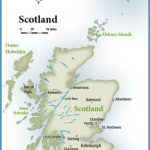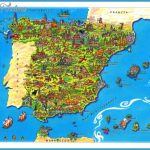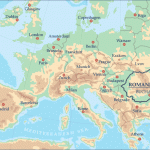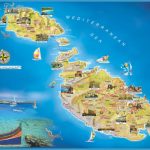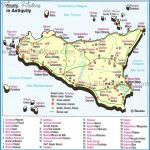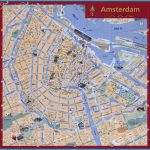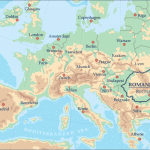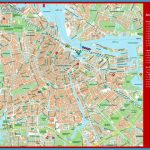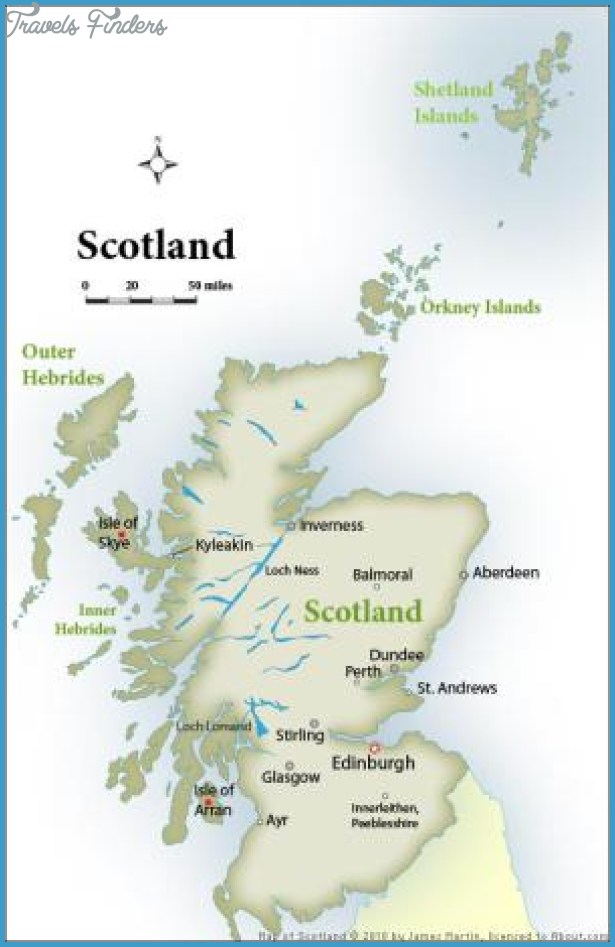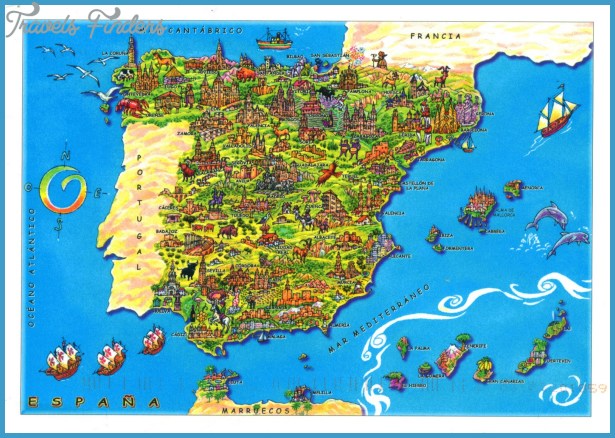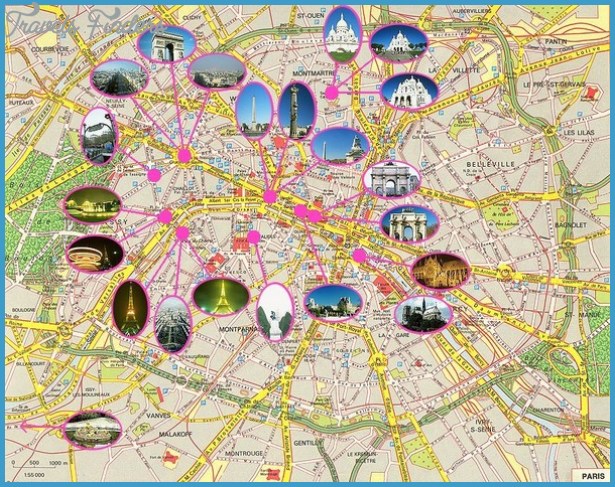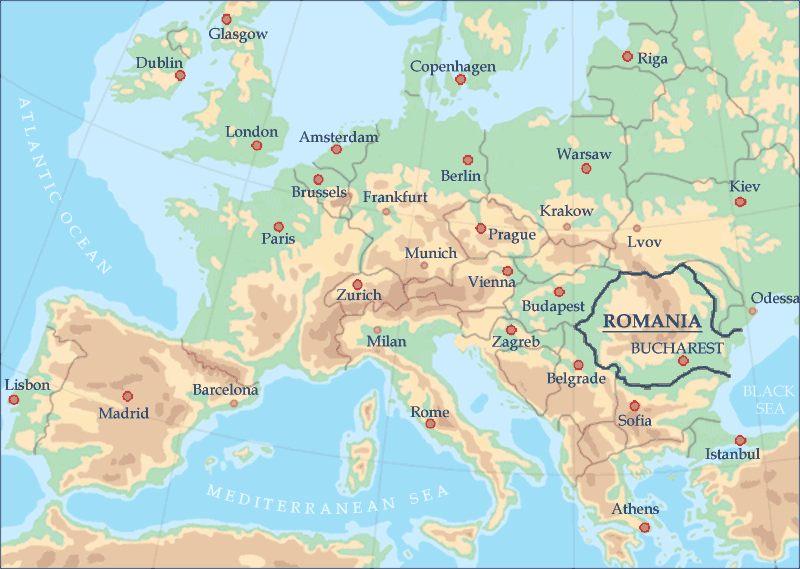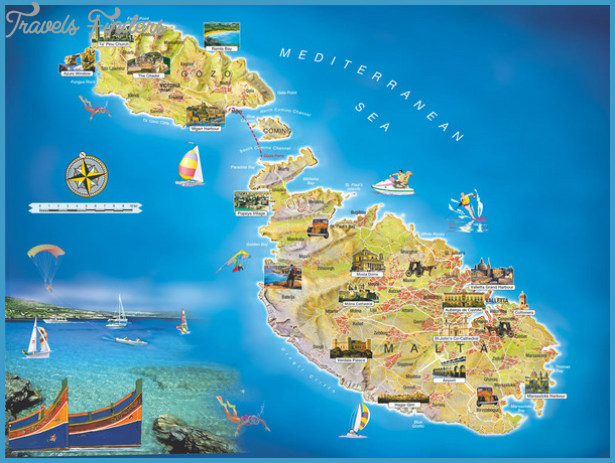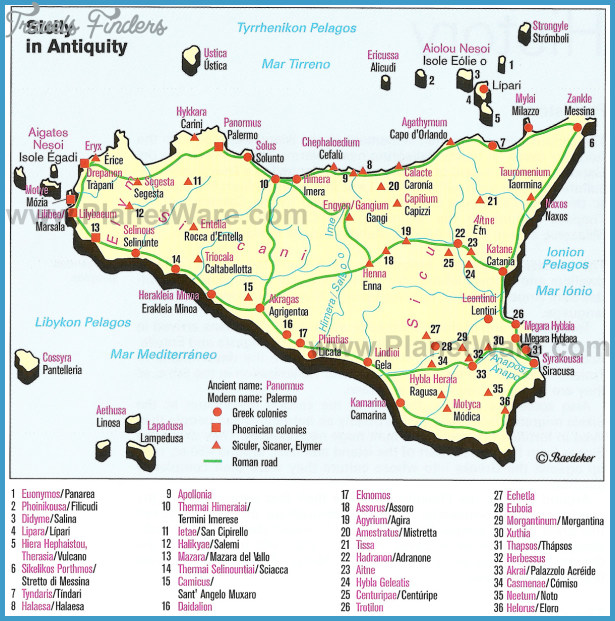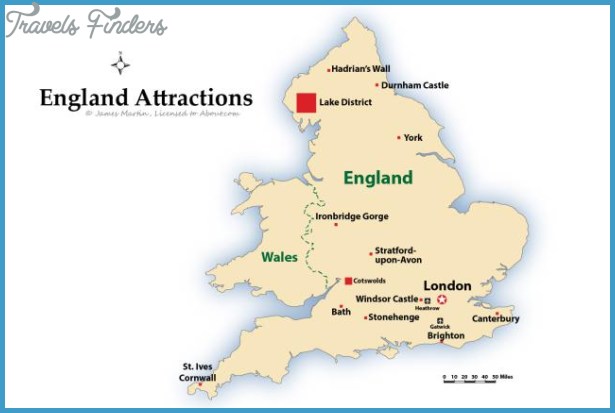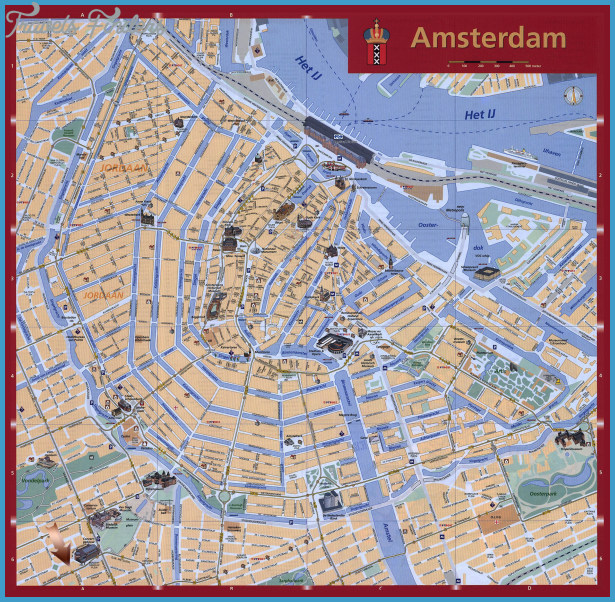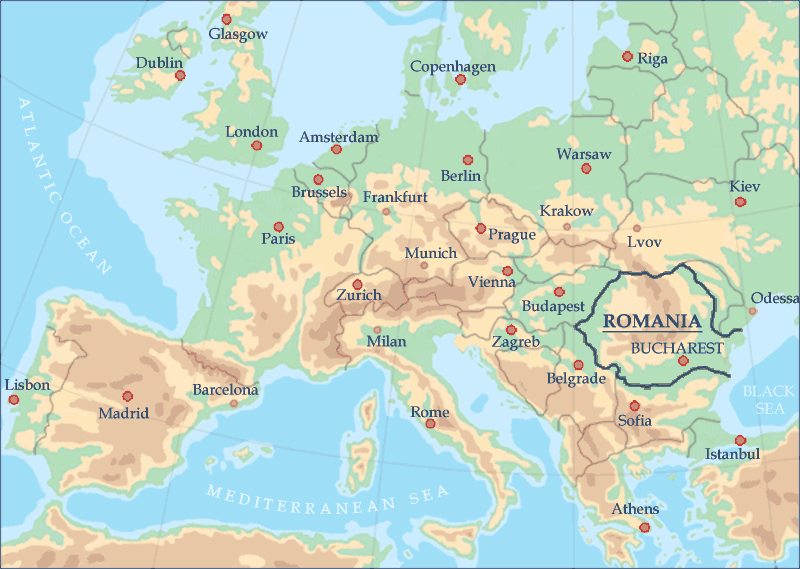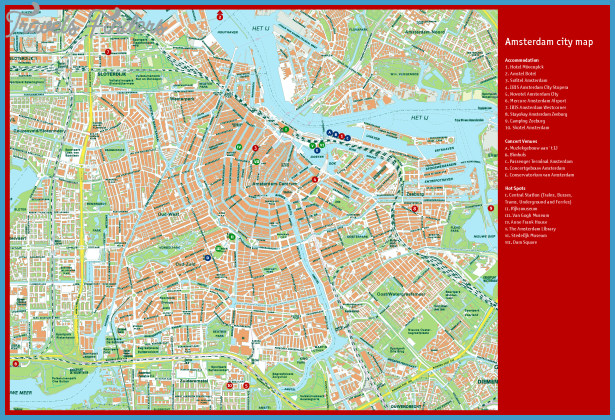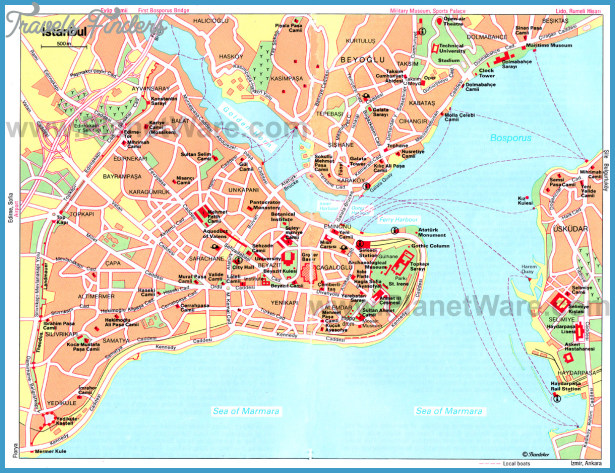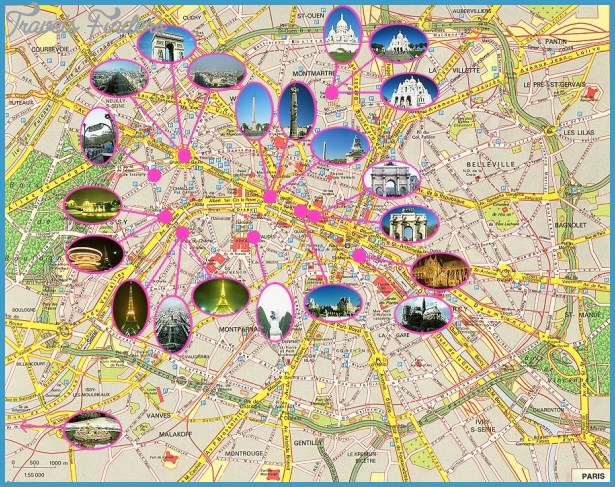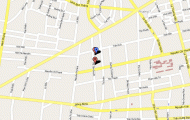The first-class trains of Europe are far superior in equipment, scheduling, and service to America’s Amtrak. One reason is that millions of people use the European trains. Both the European and American trains are heavily subsidized by national governments. An advantage in using European trains is that they arrive and depart from the very heart of the cities, where accommodations and other services are readily available. Also, because of the distances involved and the inconvenience of airports, train travel within Europe is often quicker than plane travel.
Study of the Eurail map (Figure 5.5) provides a bonus in visualizing Europe. Look at the vast length of Norway. Its length if folded southward would extend down to Italy. Notice how Ireland sits off by itself in the Atlantic; Spain, Italy, Greece append themselves to the body of Europe. The smaller countries, Luxembourg, Liechtenstein, Monaco, Andorra, and San Marino, are not marked on this map.
It can be seen that the rail system of Ireland joins up by water with that of Europe at Cherbourg and Le Havre, France. BritRail, the British Rail System, is joined by boat at Calais, France. Denmark’s rail system is moved by ship from Frederikshavn to Goteburg, Sweden.
Other than in Norway, Sweden, and Finland, distances within Europe are relatively short. A day’s trip by rail or car can mean crossing the borders of several countries. Representative distances and travel time by rail are seen in Figure 5.6.
Notice the time 8:14 hours between Copenhagen and Stockholm. The reason is that a lengthy ferry trip between Denmark and Sweden is involved. Slow trains and poor connections account for the 8:20 hours required between Barcelona and Madrid.

